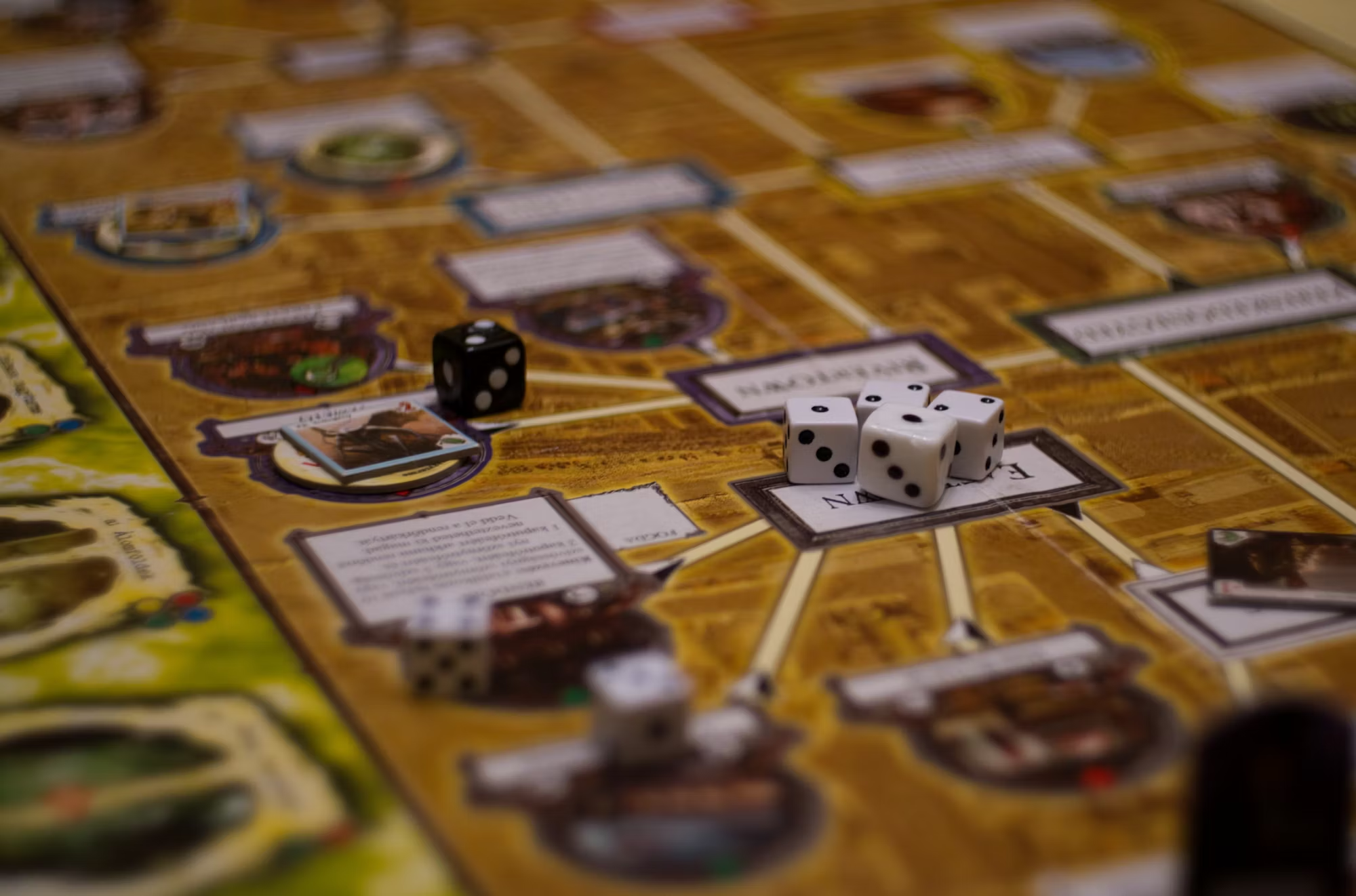Game development is a fascinating blend of art, technology, and storytelling, requiring a diverse range of skills and expertise. The journey from concept to creation involves multiple stages, each contributing to the overall vision of the game. This article delves into the art of game development, examining the various phases, the roles of different team members, and the challenges faced along the way.
Conceptualization: The Seed of an Idea
Every game begins with an idea, often born from a passion for storytelling, gameplay mechanics, or even a particular art style. During the conceptualization phase, developers brainstorm ideas, creating a foundation for the game. This involves extensive discussions about the game’s genre, target audience, and key features. Concept art is often created during this stage to visualize the game’s aesthetics and tone, helping to communicate the vision to the rest of the team.
In addition to art, the narrative aspect is crucial. Developers craft a storyline that captivates players, defining the characters, settings, and conflicts. A strong narrative can elevate a game, making it memorable and emotionally engaging. Collaborating closely, writers and designers lay the groundwork for what the game will ultimately become, ensuring that every element aligns with the initial vision.
Pre-production: Planning the Path
Once the concept is solidified, the game enters the pre-production phase. This stage is all about planning and organization. Developers outline the game design document (GDD), which serves as a blueprint for the project. The GDD details gameplay mechanics, level design, character descriptions, and art direction. It acts as a reference point throughout development, ensuring that the team remains focused on the shared vision.
During pre-production, developers also assess the technical requirements. This includes selecting the right game engine, programming languages, and tools necessary for the project. The choice of engine can significantly impact the game’s capabilities and overall feel, so careful consideration is essential. Team members begin to establish timelines, budgets, and resource allocation, setting the stage for a smooth development process.
Production: Bringing Ideas to Life
The production phase is where the magic happens. This is the most intensive stage of game development, involving the collaboration of artists, programmers, sound designers, and writers. Each team member plays a vital role in bringing the game to life.
Artists create the visual elements, including character models, environments, and animations. They work to ensure that the game’s art style aligns with the initial concept, crafting immersive worlds that captivate players. Meanwhile, programmers write code to implement gameplay mechanics, ensuring that everything functions smoothly. This includes developing the user interface, physics, and artificial intelligence that govern how characters and objects interact within the game world.
Sound designers add another layer of depth by creating sound effects and music that enhance the overall experience. Audio plays a crucial role in setting the mood and immersing players in the game. For instance, a haunting soundtrack can evoke a sense of tension, while cheerful melodies can create a more lighthearted atmosphere.
Testing: Refining the Experience
Once the game has reached a playable state, it enters the testing phase. Quality assurance (QA) testers play through the game to identify bugs, glitches, and other issues that may disrupt gameplay. This is a critical step, as it ensures that players have a seamless and enjoyable experience.
Testing is not limited to identifying technical problems; it also involves evaluating gameplay balance and mechanics. Testers provide valuable feedback on difficulty levels, pacing, and overall enjoyment. Developers use this feedback to refine the game, making necessary adjustments to enhance player engagement. The iterative nature of testing means that multiple rounds of playtesting are often required to achieve the desired quality.
Marketing and Release: Sharing the Creation
As the game nears completion, the focus shifts to marketing and building anticipation among players. Effective marketing strategies are essential for a successful launch, as they create buzz and excitement around the game. Developers may release trailers, gameplay videos, and promotional materials to showcase their work and attract an audience.
In addition to traditional marketing, engaging with the gaming community through social media and forums is crucial. Building a loyal fan base before the release can significantly impact the game’s initial reception. Developers may also host beta testing phases, allowing players to experience a preview of the game and provide feedback before the official launch.
When the release day arrives, it marks the culmination of years of hard work and collaboration. Developers celebrate the launch, eagerly awaiting player reactions and feedback. Post-launch support often follows, with teams addressing any issues that arise and releasing updates or downloadable content (DLC) to keep the player base engaged.
Challenges in Game Development
Despite the excitement surrounding game development, the journey is not without its challenges. Developers often face tight deadlines, budget constraints, and shifting priorities that can complicate the process. Managing a diverse team with varying skills and perspectives requires effective communication and collaboration.
Additionally, the gaming industry is ever-evolving, with new technologies and trends emerging regularly. Staying current and adapting to changes can be daunting, as developers strive to create innovative experiences that resonate with players. However, these challenges can also serve as opportunities for growth and creativity, pushing developers to explore new ideas and techniques.
The Future of Game Development
As technology continues to advance, the future of game development holds exciting possibilities. The rise of virtual reality (VR) and augmented reality (AR) is transforming the way players experience games, offering immersive environments that blur the lines between reality and the digital world. Developers are embracing these technologies to create new forms of gameplay and storytelling.
Moreover, the growing popularity of mobile gaming and cloud gaming is expanding the audience for video games. Developers are increasingly focusing on accessibility, ensuring that games can be enjoyed on a variety of platforms. This trend encourages innovation, as teams explore new ways to engage players across different devices.
Conclusion
In conclusion, game development is a multifaceted process that requires a delicate balance of creativity, technical skills, and collaboration. From the initial concept to the final release, each stage plays a crucial role in shaping the gaming experience. As technology advances and player expectations evolve, the industry will continue to thrive, pushing the boundaries of what is possible in interactive entertainment. Game developers remain at the forefront of this exciting journey, crafting unforgettable experiences that captivate and inspire players around the world.





